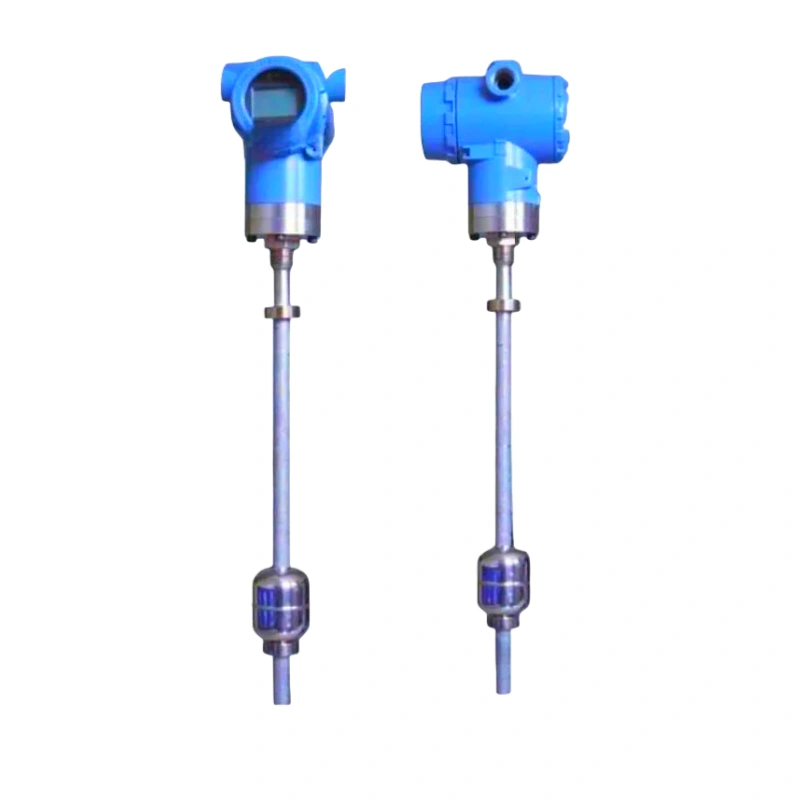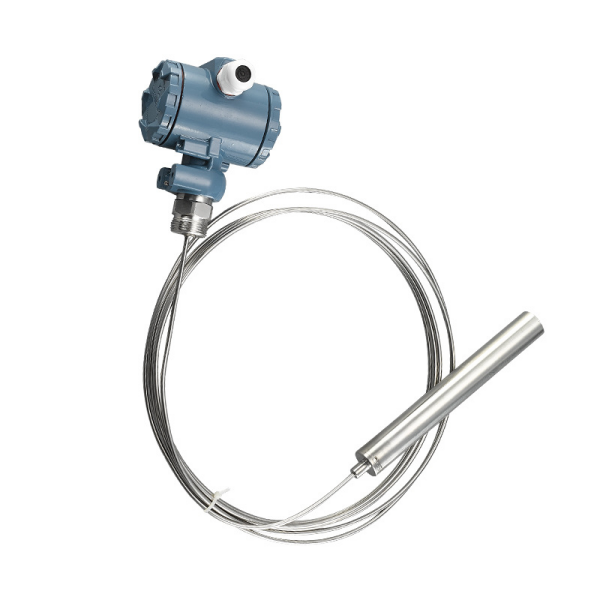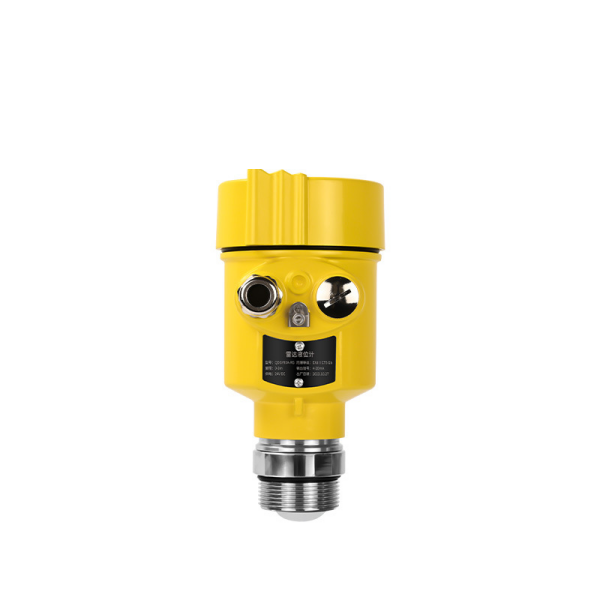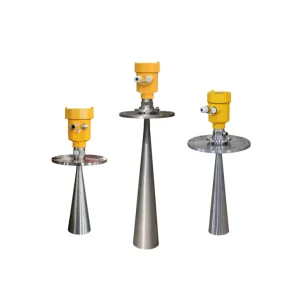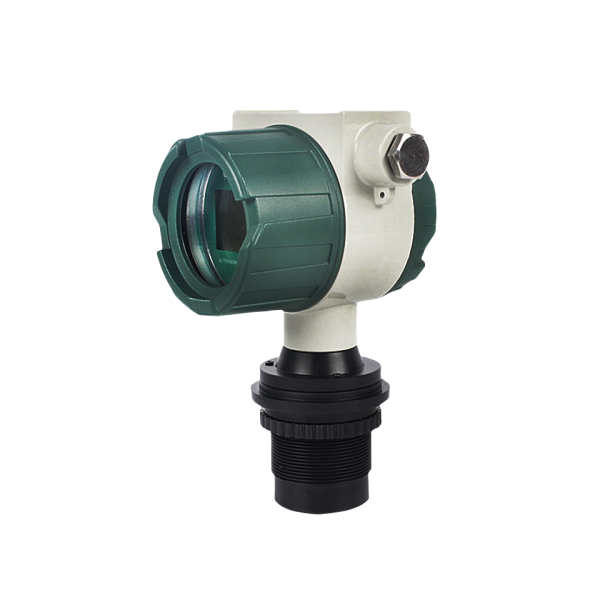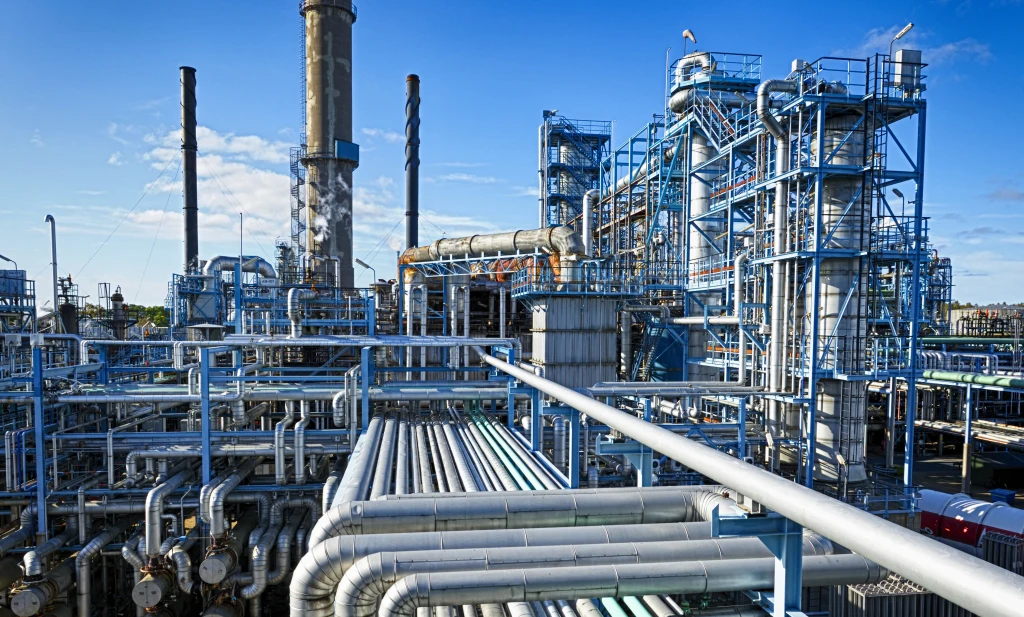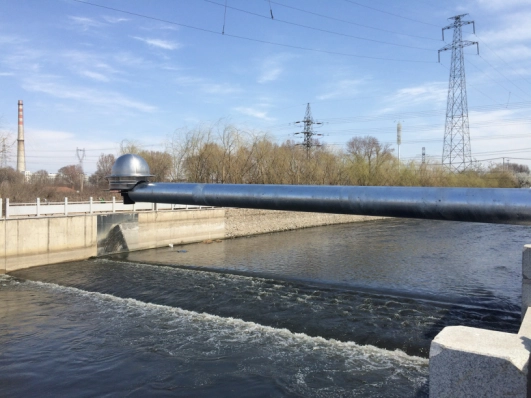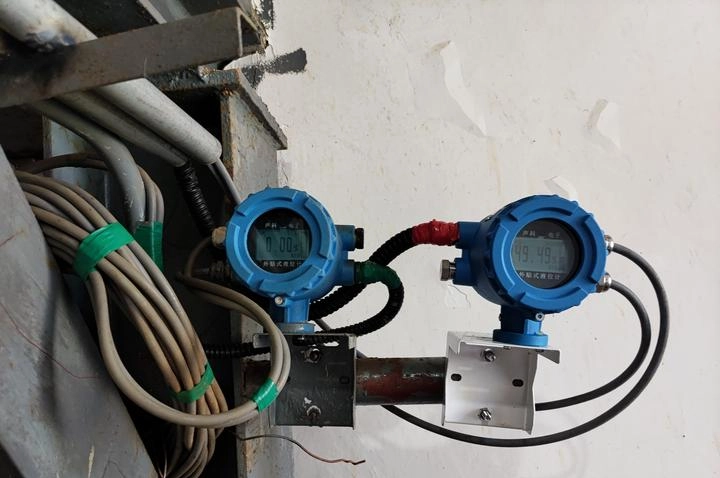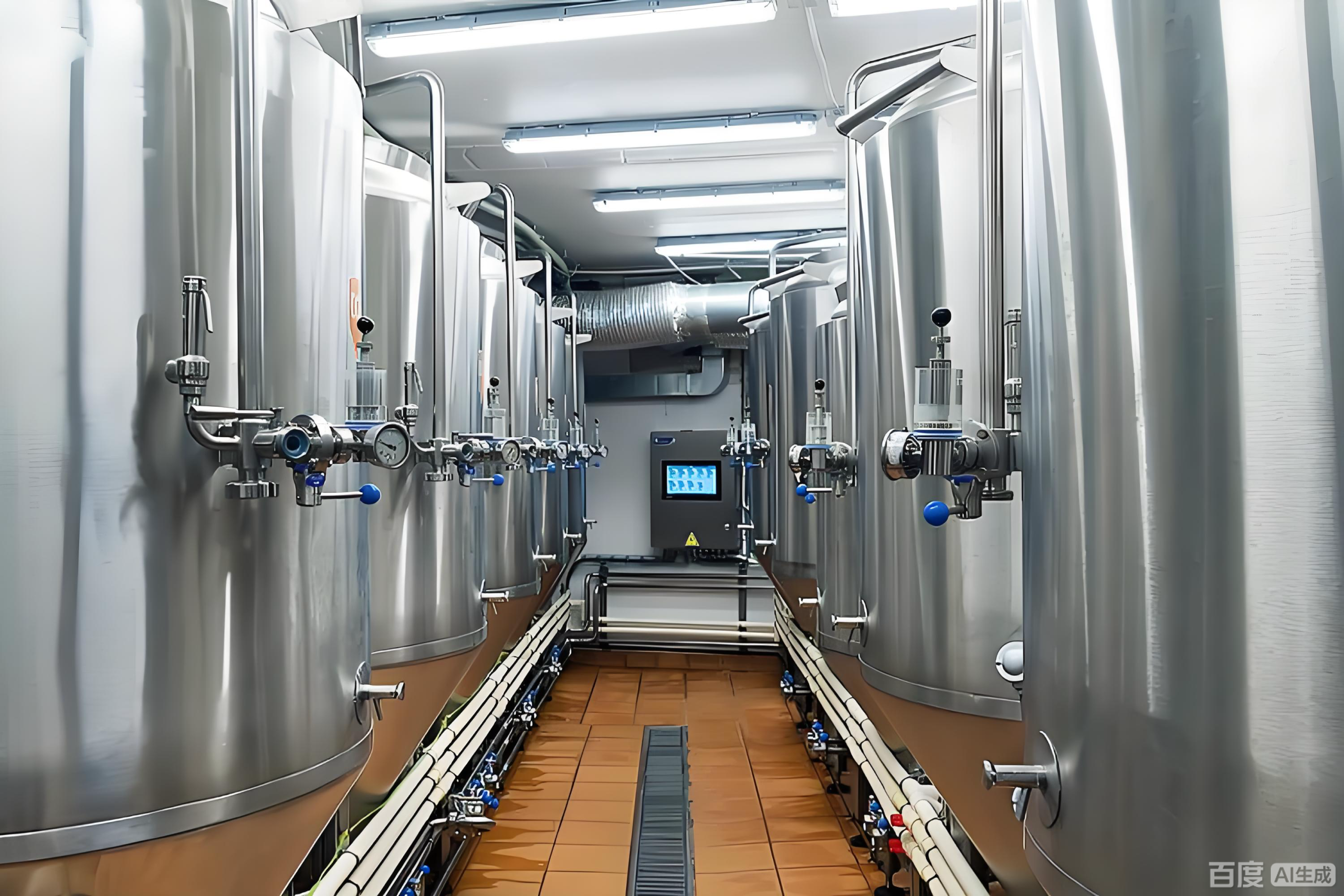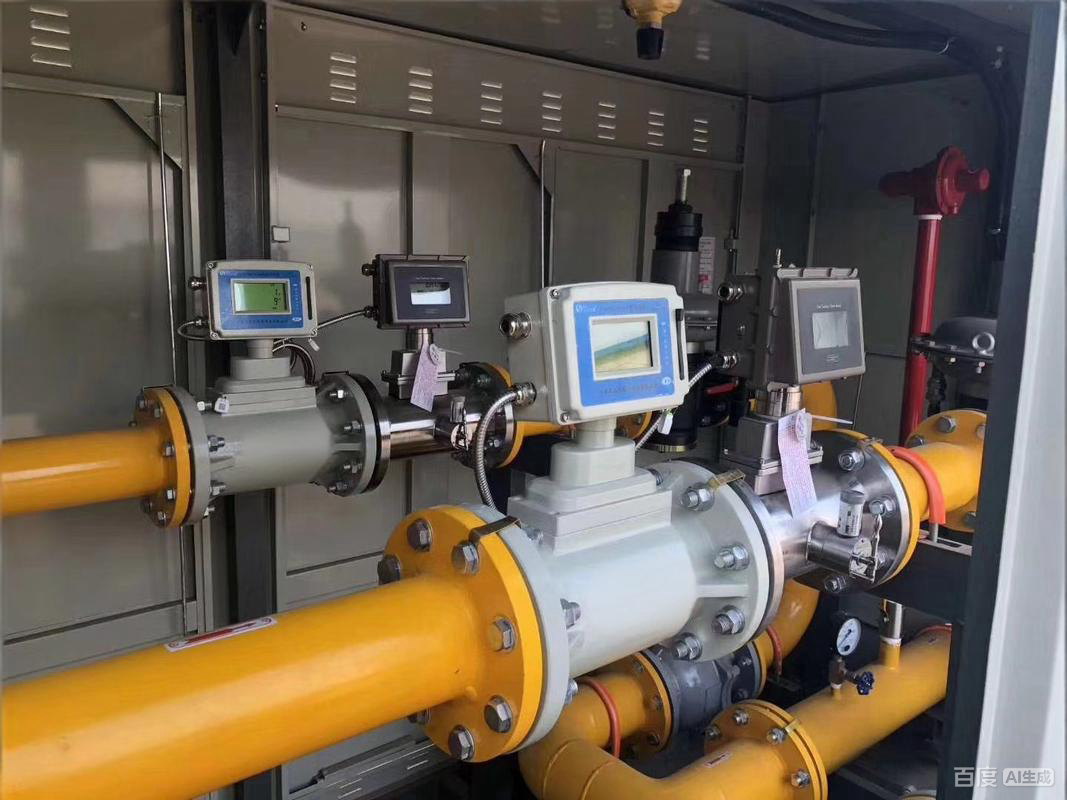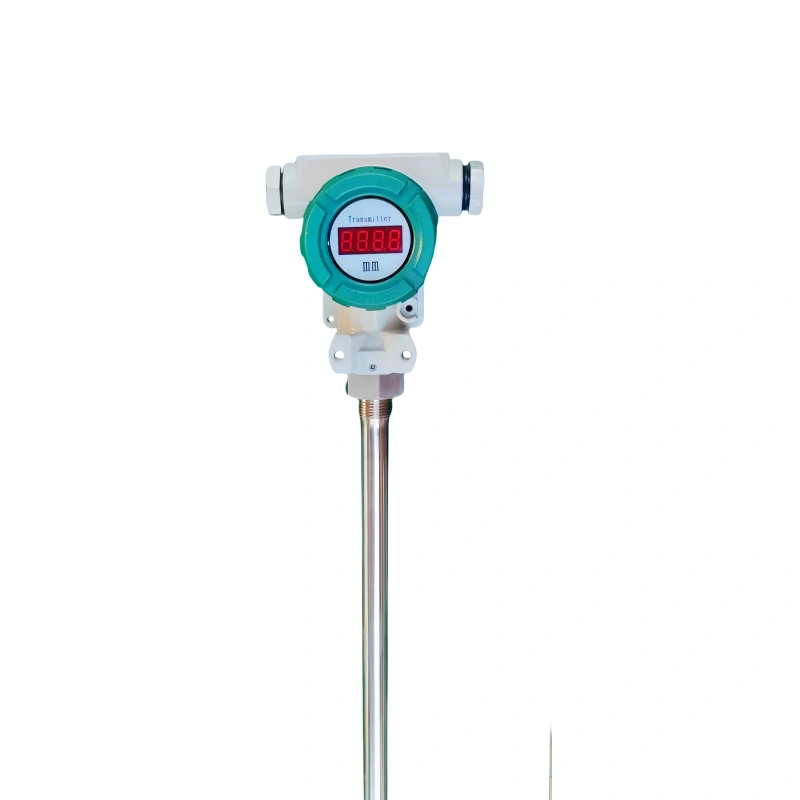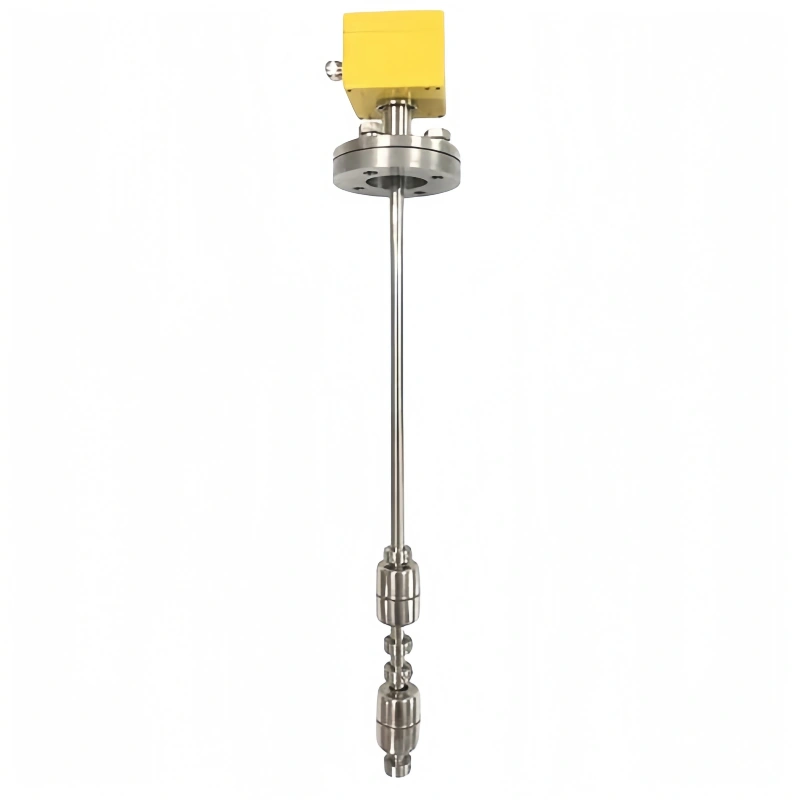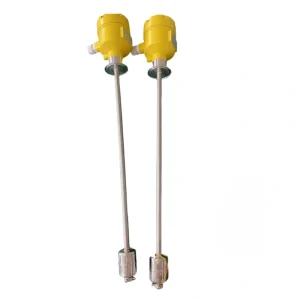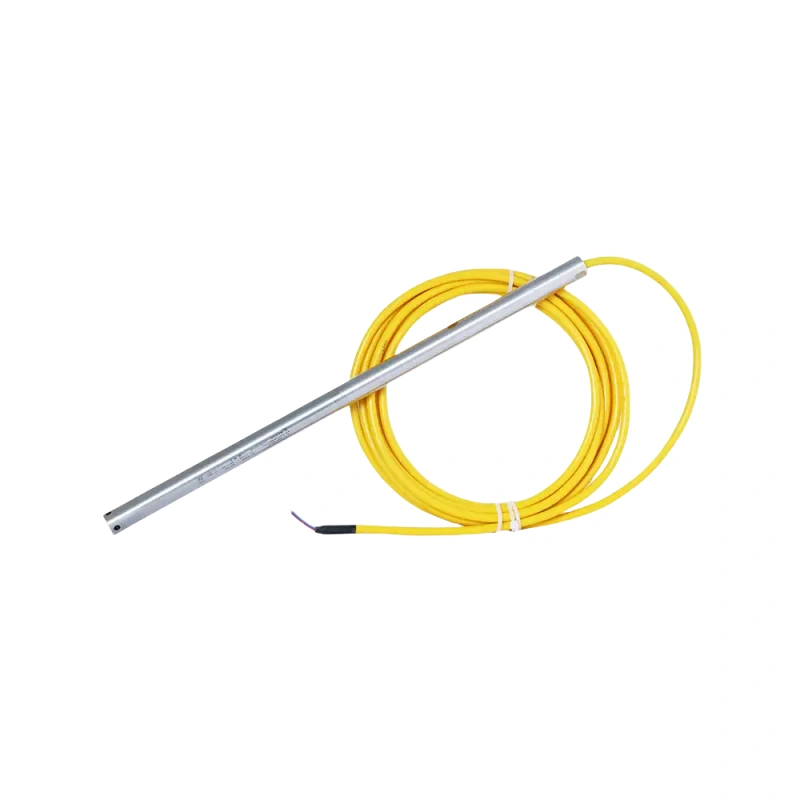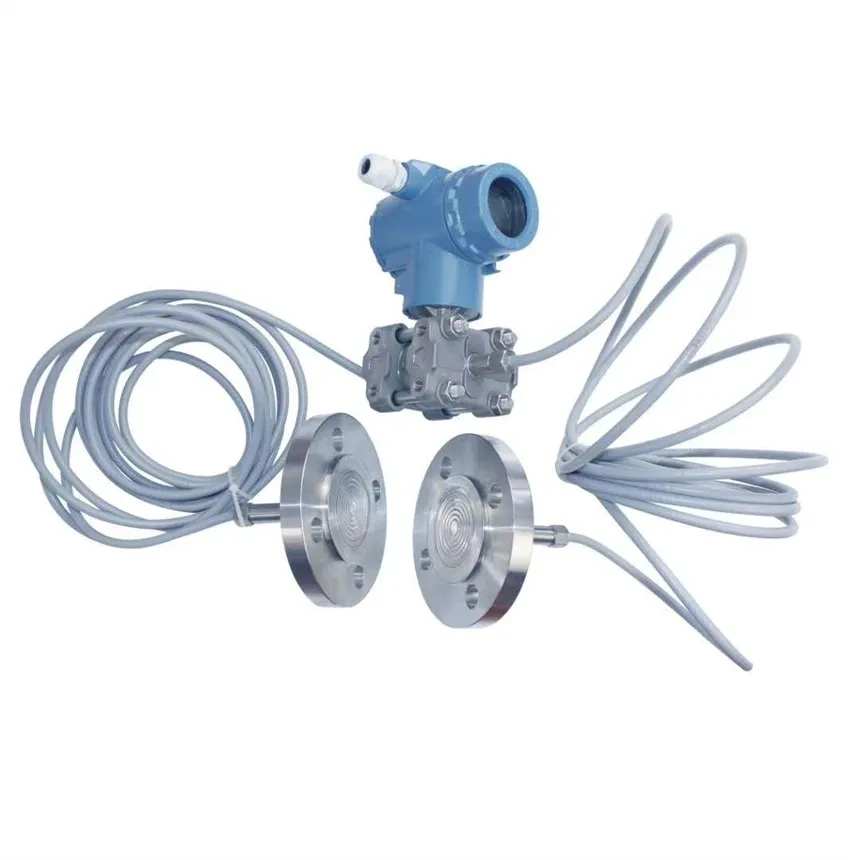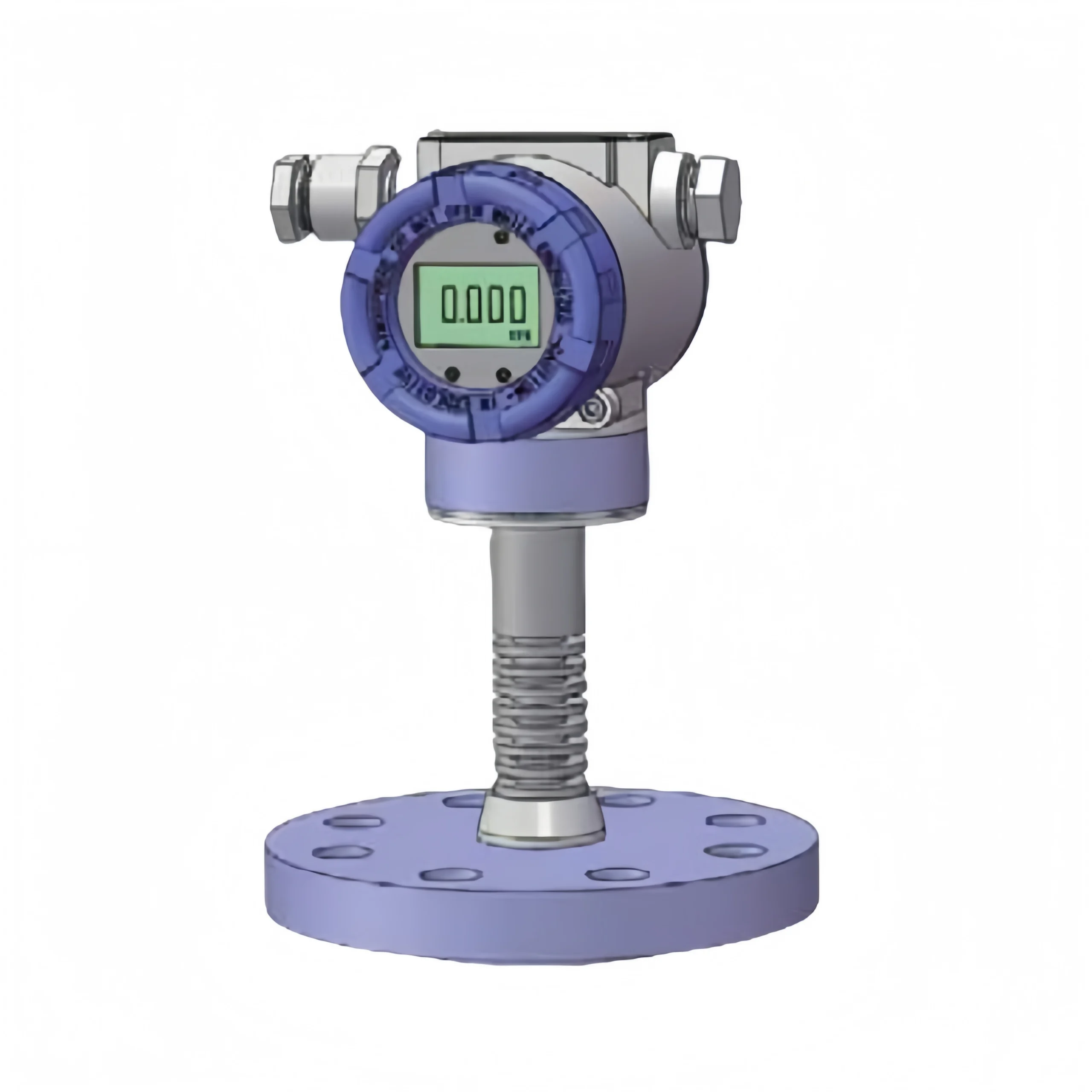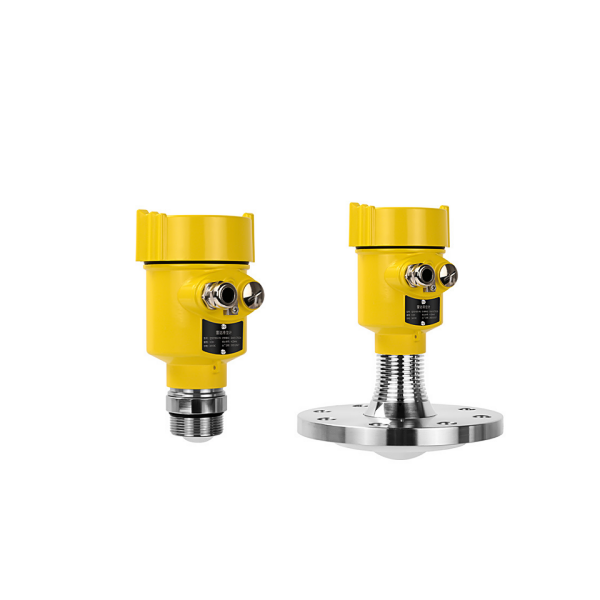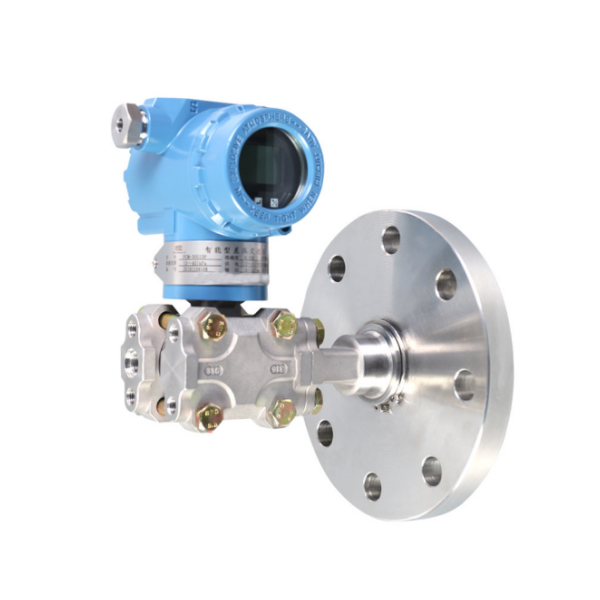Oil tanks play a vital role in oil storage and distribution management. Accurate and reliable oil level measurement is required to maintain operational efficiency and safety. This article will explore how to monitor oil tank levels. And introduce Sino-Inst’s advanced oil level measurement technology.
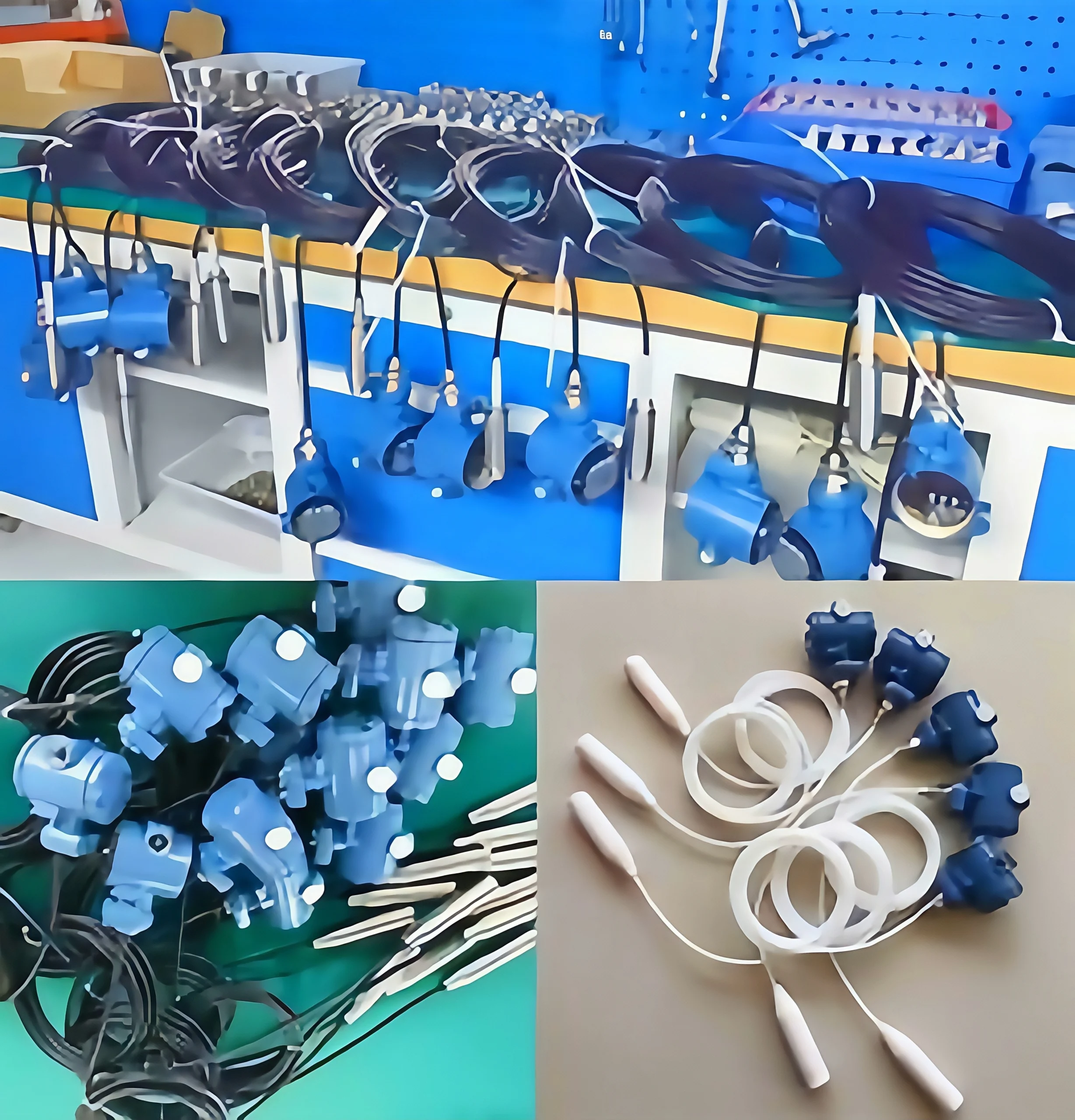
What is the Industrial Oil?
The industry oil includes hydraulic oil, gear oil, turbine oil, compressor oil, refrigeration oil, transformer oil, vacuum pump oil, bearing oil, metalworking oil, anti-rust grease, cylinder oil, heat treatment oil, and heat transfer oil.
In addition, many oil media are flammable, explosive, toxic and harmful. It is mostly in high-temperature and high-pressure environments. Therefore, the reliability and safety requirements for oil level measurement are very high.
Oil level measurement is a challenging thing. Industrial oil is generally stored in oil tanks. Oil tanks are divided into sealed tanks and open tanks. The oil level refers to the position and height of industrial oil in the tank.
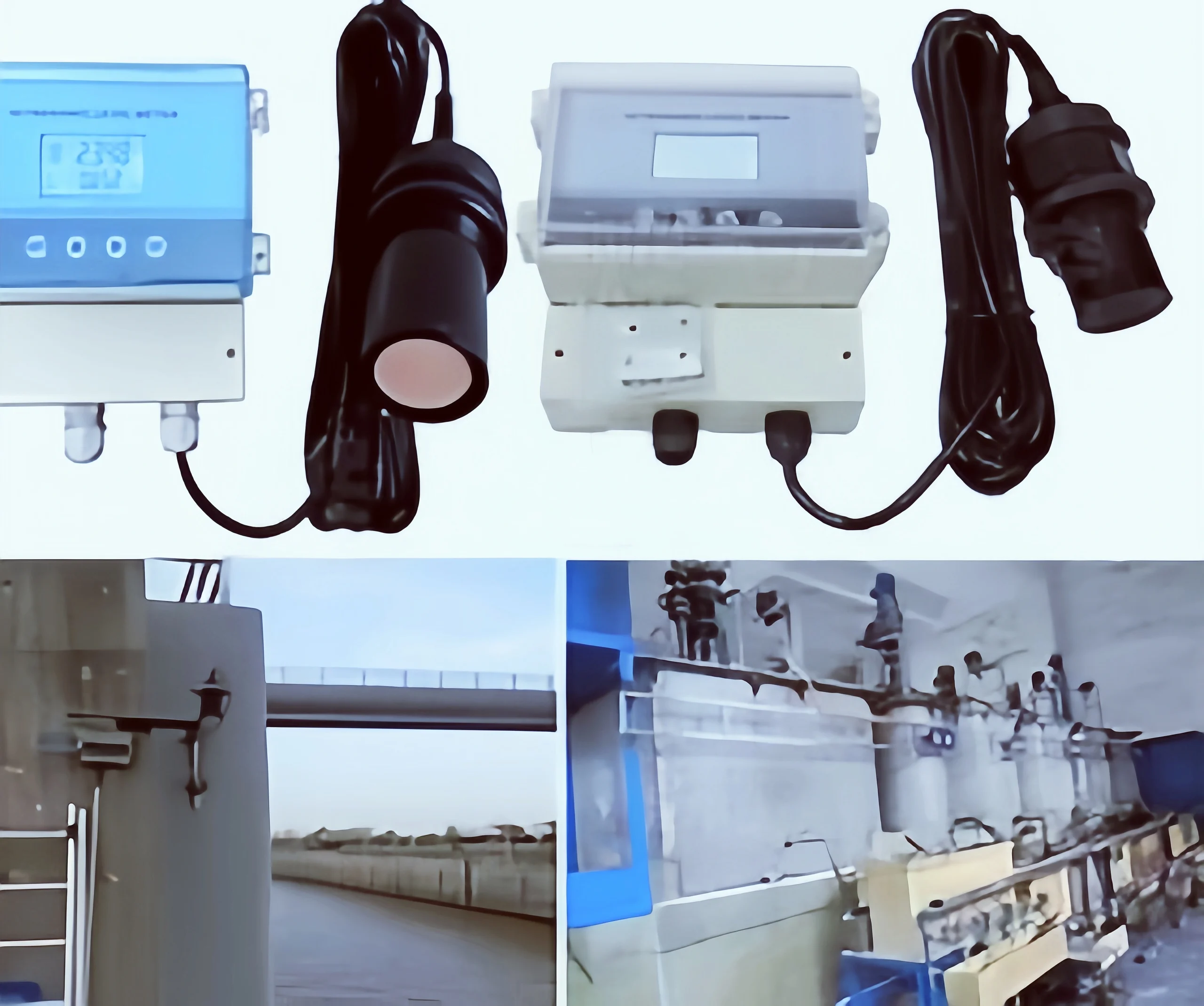
What is an Oil Level Sensor?
The oil level sensor is also called an oil level meter. It is a sensor used to measure the horizontal/vertical position and oil level height of a liquid (usually oil or gasoline). The oil level sensor is an electronic device. They can help users determine the location of their remaining oil and perform filling or other processing operations in time.
At present, traditional float level meters are still widely used in petrochemical plants. But the measurement of float level meters is affected by the density of the medium and has low accuracy. In addition, a float level meter has mechanical moving parts. There is a risk of mechanical failure. And it is difficult to fully meet the level measurement requirements in the field of petrochemical plants.
Guided wave radar level meters and ultrasonic level meters have become better choices. They not only effectively overcome the measurement difficulties. And they achieve accurate and reliable measurement results. At the same time, they also avoid the mechanical failures that may occur when using float level meters.
It is usually used in manufacturing, the petroleum and automotive industries. He can monitor the liquid level of liquid storage systems.
Sino-Inst Oil Level Sensor Advantage:
- Accurate and reliable operation
- Minimum time and cost investment
- Durability in harsh environments
- Multiple signal outputs
- Comply with IEC 61508 SIL2/SIL3 safety standards
- Comply with EU CE safety certification standards
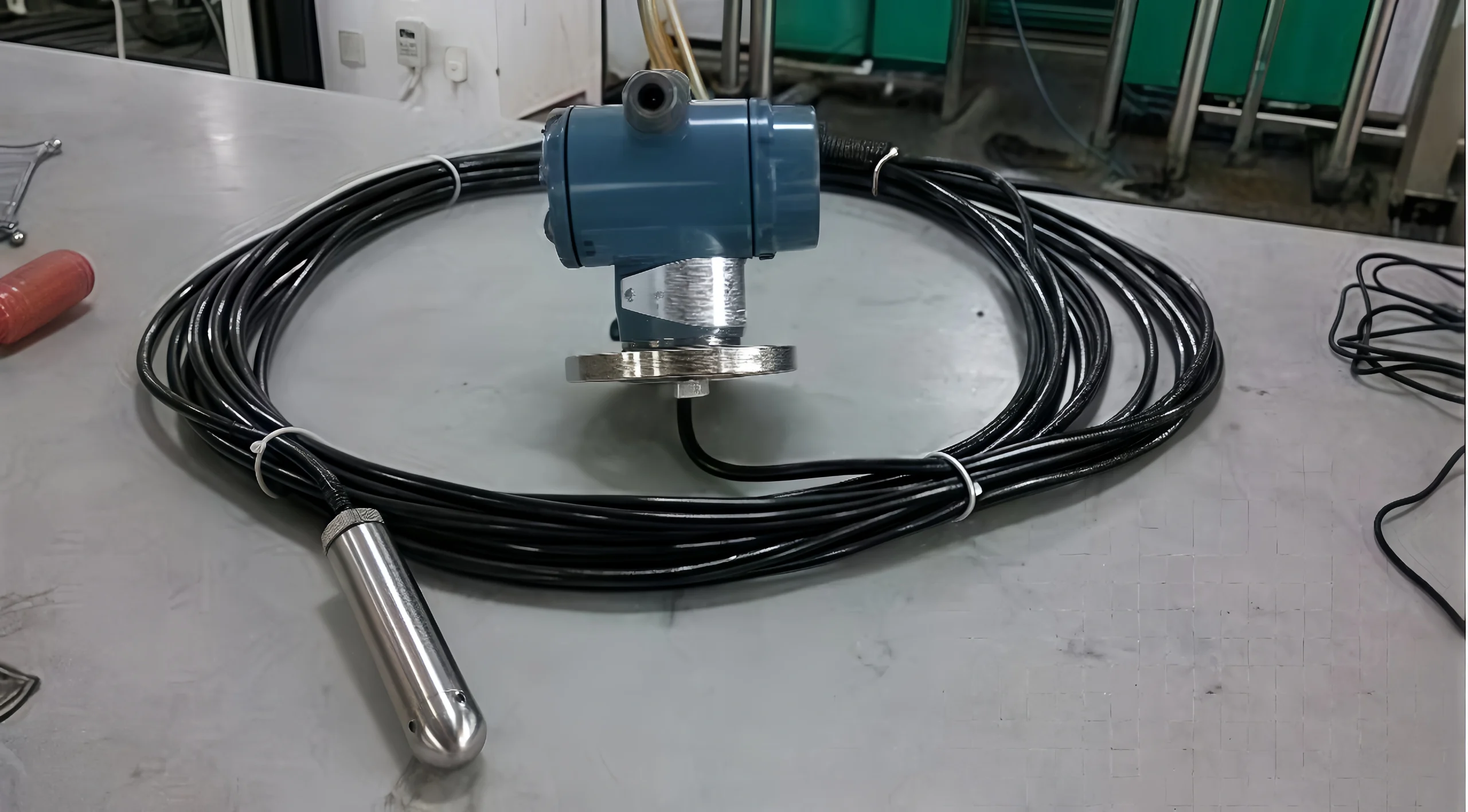
Oil Level Sensor Types and Working Principle:
Oil level sensors use conductive materials, pressure sensors, radar technology, magnetic floating technology and ultrasonic sensors. They can measure the horizontal/vertical position of liquids in containers.
Radar oil level sensor
Working principle: It uses the characteristics of radar waves for measurement. The measurement process:
- Emits electromagnetic waves to the target
- Receive reflected echo signals
- Measure the time, phase and other signals of the echo
- Solve the distance, speed and angle information of the target.
- Its measurement indicators are nothing more than range and resolution.
Installation method: 1. Try not to install it in the center of the tank. 2. The minimum distance from the tank wall is 1/6 of the tank diameter, and the minimum distance is 200mm. 3. It cannot be installed above the feed port.
Application: Industry, environmental protection, water affairs and other fields
Advantages: It has high precision, strong stability and other application scopes. It can provide high-precision measurement even under turbulent conditions. When there is foam and steam, It can measure oil level precisely. The radar level sensor does not contact the liquid, reducing the risk of contamination and mechanical wear.
Capacitive oil level sensor
Working principle: The liquid level height is calculated by the change in capacitance formed between the probe and the container. The conductive sensor inserts two electrodes or sensor probes into the liquid. The liquid level height is measured based on the change in resistance between the electrodes or sensors. When the surface of the material contacts the electrode, the conductive material forms a circuit away from the switch. And provide an output signal related to the liquid level.
Installation method: Punch installation on the top of the tank
Application scope: All vehicles, tank trucks
Disadvantages: The tank needs to be removed, and punching damages the tank, which is not conducive to repair and maintenance.
Submersible liquid pressure oil level sensor:
Working principle: The liquid level is calculated based on the ratio of the measured liquid static pressure to the height of the liquid. The pressure sensor measures the oil level based on the pressure difference between the oil levels in the tank. When the fuel or other liquid in the tank increases or decreases, it will affect the pressure sensor and output the corresponding signal.
Installation method: Insert the sensor probe through the refueling port
Application range: static oil tank, oil storage tank, and some vehicles
Advantages: High sensitivity, explosion-proof
Disadvantages: Rely on platform-side and server-side algorithm filtering to obtain accurate data
Ultrasonic oil level sensor
Working principle:
Calculate the time difference between transmitting and receiving high-frequency ultrasonic waves to calculate the liquid level. Ultrasonic sensors measure the horizontal/vertical position of the oil in the container. It sends and receives ultrasonic pulses and measures their delay time. And calculate the liquid level by calculating the time it takes for the sound wave to go back and forth.
Installation method: External installation at the bottom of the tank without drilling
Application range: All oil tanks, tank trucks
Advantages: High precision, high sensitivity, easy to install, no impact on maintenance
Disadvantages: Slightly high cost
Magnetic float oil level sensor
Working Principle: The structure of the float level meter is mainly designed and produced based on the principles of buoyancy and static magnetic field. The position of the float with a magnet in the measured medium is affected by the buoyancy. The change in liquid level causes a change in the position of the magnetic float.
The magnet and sensor (reed switch) in the float change the number of components (such as fixed resistors) connected in series in the circuit. Thereby changing the electrical quantity of the instrument circuit system. That is, the change in the position of the magnetic float causes a change in the electrical quantity. The liquid level in the container is reflected by detecting the change in electrical quantity.
Installation method: There are four installation methods: A: Top installation B: Side installation C: Side bottom installation D: Bracket installation.
Application range: The magnetic float level meter is suitable for oil refining, chemical, papermaking, food and pharmaceutical industries. It can also be used for sewage treatment and the measurement of medium levels in various open or pressurized containers. It is particularly ideal for the level measurement of underground storage tanks and high-rise water tanks.
Advantages: It can achieve high sealing, anti-leakage. It is suitable for high temperature, high pressure and corrosion-resistant occasions. It is superior to high temperature, high pressure, toxic, harmful and highly corrosive media.
Disadvantages: It is in direct contact with the medium, the float seal requirements must be strict, and it cannot measure viscous media. Magnetic materials, such as demagnetization, can easily cause the level gauge to not work properly.
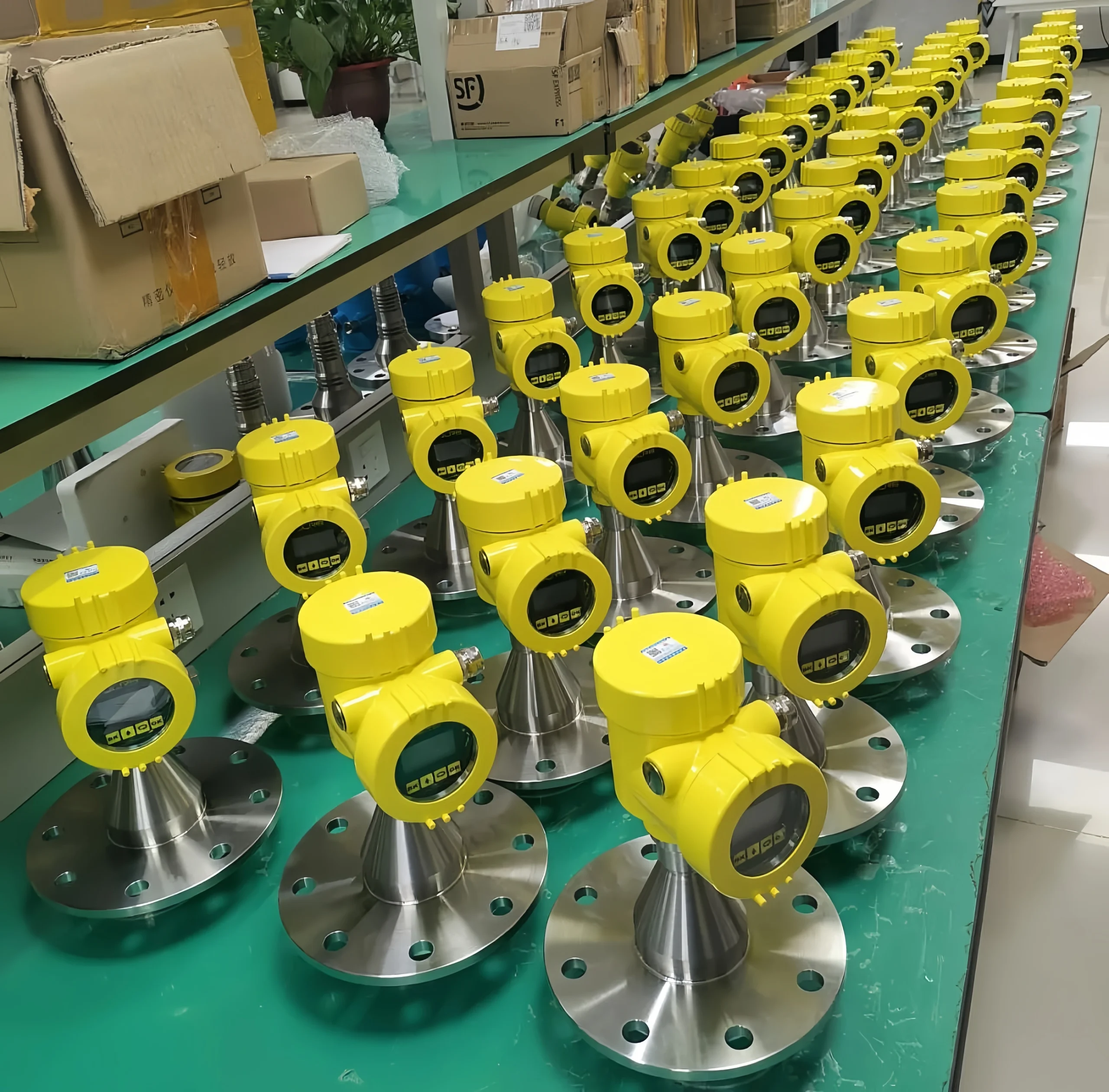
What Happens When an Oil Level Sensor Goes Bad?
- Constant output of data
- Random data jumps and data abnormal
- Zero drift and range distortion
- Sealing failure and medium penetration
- Communication interruption and protocol confusion
- Response hysteresis and dynamic characteristics degradation
- Abnormal surge in power consumption
- Temperature drift out of tolerance and compensation failure
- Anti-interference ability collapses
- Appearance damage and environmental erosion
How to Check the Oil Level Correctly?
1. Safety preparation: Ensure the safety of the working environment. Turn off all potentially dangerous equipment connected to the gearbox, such as power, hydraulic, and air pressure sources, before entering the work area. At the same time, wear personal protective equipment, such as gloves and goggles.
2. Oil temperature control: The oil temperature has a great influence on the measurement of the oil level. Ensure the accuracy of the measurement; it is usually necessary to measure when the oil temperature is stable within the appropriate range. If the oil temperature is too high or too low, wait for it to cool or heat to the specified range before taking a measurement.
3. Open the oil plug: Find the oil level inspection hole or oil plug and open it carefully. During the opening process, be careful to prevent the oil from splashing to avoid contamination or injury.
4. Measure the oil level: Use a suitable measuring tool, such as an oil dipstick or oil level gauge, insert it into the oil level inspection hole and measure the height of the oil. According to the design requirements of the gearbox, determine whether the oil level is within the standard range.
5. Record and adjust: Record the measurement results and compare them with the standard value. If the oil level is lower than the standard value, lubricating oil needs to be added. If the oil level is higher than the standard value, excess oil needs to be released. When adjusting the oil level, make sure that the quality of the oil meets the requirements. Avoid mixing impurities or different types of oil.
6. Reinstall the oil plug: After completing the oil level adjustment, reinstall the oil plug and make sure it is tightened in place. At the same time, clean up the work site and collect the spilled oil to avoid pollution.
Which Sensor is used to check the Oil level?
Common oil level sensors include resistive sensors, capacitive sensors, ultrasonic sensors, radar sensors, pressure sensors, float sensors, etc.
In short, accurate oil level measurement is essential for the efficient and safe operation of oil tanks. Sino-Inst’s instruments provide accurate, reliable and durable solutions for monitoring liquid levels in challenging environments. Our products are simple to install, low maintenance costs and meet safety standards. These advanced oil level measurement technologies ensure the best performance, safety and cost-effectiveness in the oil level industry.
Choosing Sino-Inst’s advanced solutions, you can improve the safety and reliability of your oil tank monitoring system. With accurate level measurement and powerful performance, Sino-Inst provides you with efficient management of critical operations.
Please Contact Us Now for Your Oil Level Measurement.

